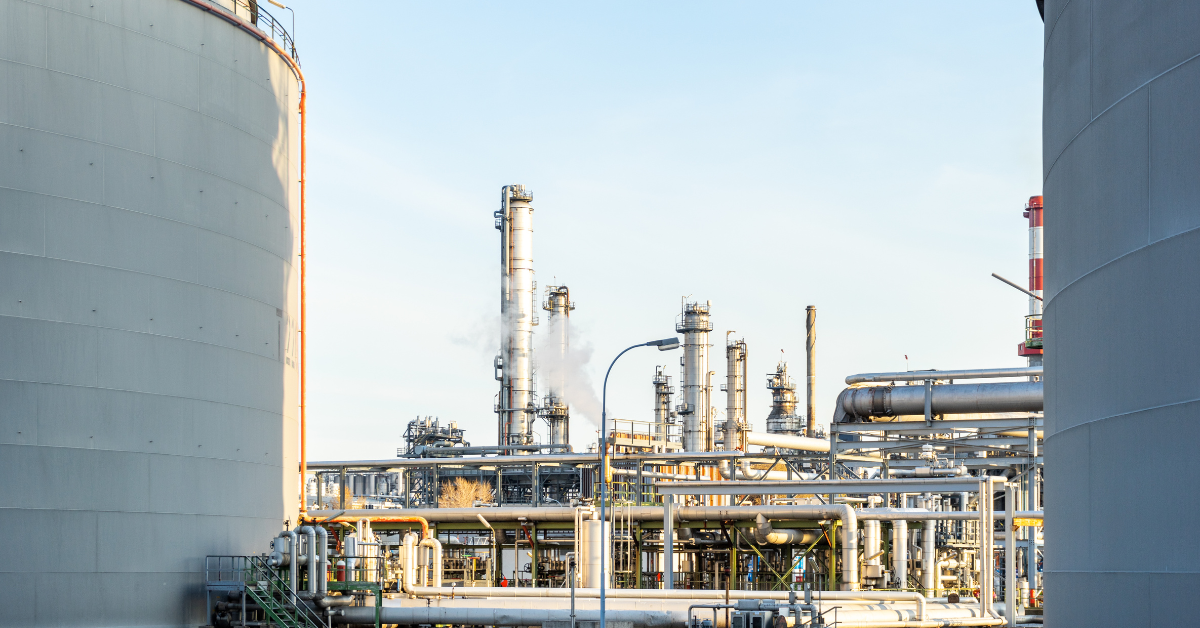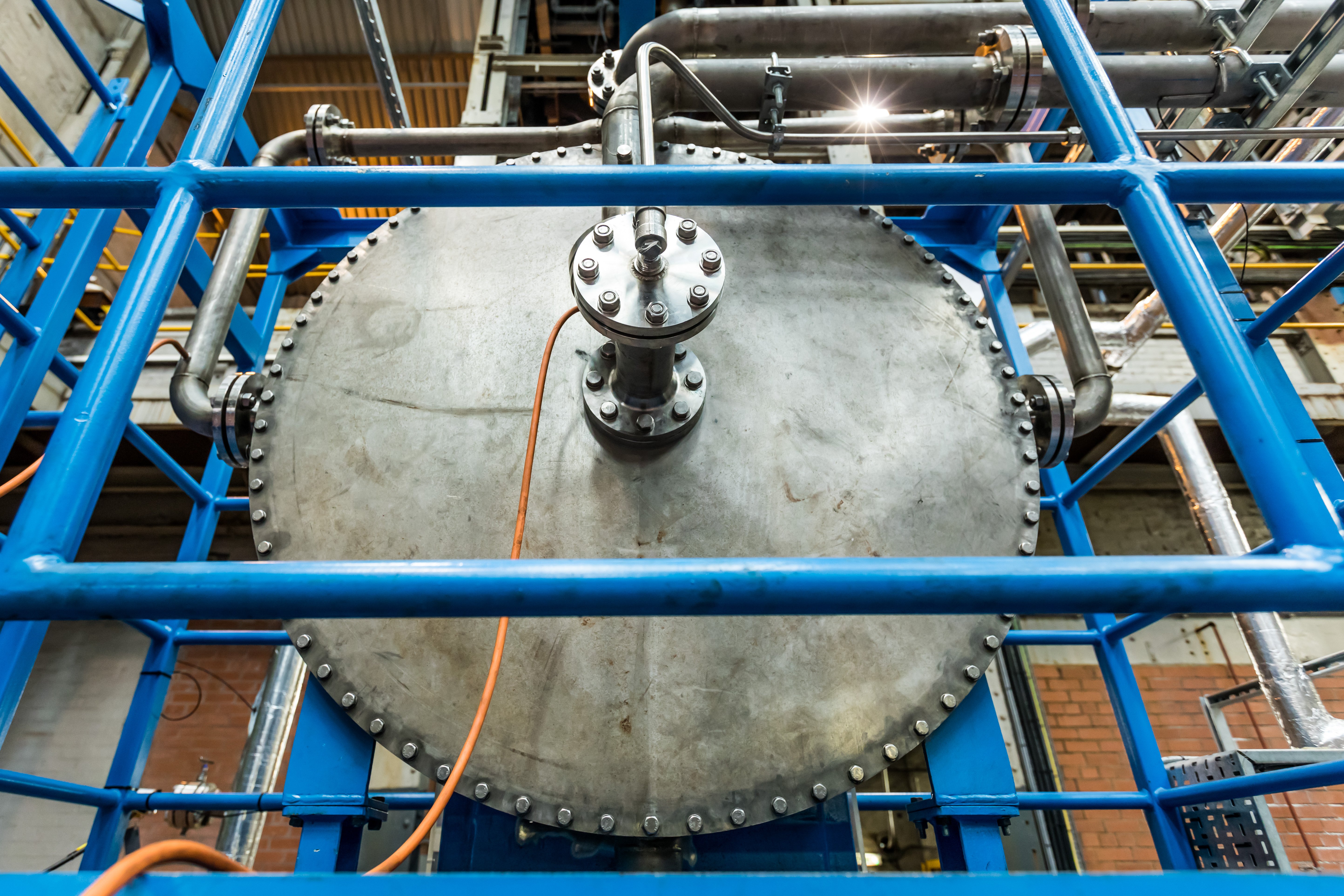It’s big, bold and will fundamentally alter the carbon capture landscape – it’s the Inflation Reduction Act (IRA) that was signed into law by President Biden last week.
While it covers a lot of ground, it’s the climate change mitigation and energy innovation elements that have dominated the headlines – and rightly so. With
$369 billion allocated for clean energy and climate change mitigation initiatives, the IRA is expected to reduce America’s GHG emissions by around 40%, compared to 2005-levels.
But the funding for carbon capture, utilisation and storage (CCUS), in particular, is eye catching. Through changes to the existing federal income tax credit scheme (45Q) the IRA will:
- substantially increase the amount of 45Q credits for domestic CCUS projects
- make it easier for CCUS projects to qualify for 45Q credits
- provide significant new avenues for monetising 45Q credits
- extend the deadline to begin construction on 45Q credit-eligible projects from 2026 to 2033
Taken together, this federal funding package for CCUS projects is world-beating and it comes at a crucial time for the carbon capture industry – which needs to both scale massively and innovate quickly to deliver industrial decarbonisation this decade.
A new dawn for carbon capture
To truly appreciate the benefits of the IRA, it helps to understand the trajectory of point source carbon capture technology.
The sector is moving on from large, bespoke and hugely costly carbon capture plants that take years to design and build. A radical shift is underway, driven by a new generation of standardised, fully modular, compact carbon capture units that will be prefabricated and mass produced. Skid-mounted, delivered on a truck, and installed in around eight weeks – these carbon capture units will overcome two of the biggest barriers to deployment thus far: limited space and money.
The IRA is vital to supporting this new dawn in point source carbon capture and will ensure the U.S. will be the first to benefit from it.
The changes to 45Q, such as lowering tonnage thresholds, are set to dramatically improve the investment environment for carbon capture projects – incentivising larger investments and attracting new investors to projects which can now secure credits even when starting small.
This funding, and these projects, are crucial for commercialising this innovative technology. We know, because we are leading its development.
Carbon Clean is already working with industry partners, including Chevron and CEMEX, on projects in the U.S. to commercialise our revolutionary modular carbon capture technology - CycloneCC. These projects, and many more like them, are vital to delivering viable CCUS solutions for industries across America.
Recent history supports this. It took significant amounts of both public and private funding to commercialise and scale renewables but clean technologies, such as wind and solar, are now the cheapest option for new power generation in many countries and renewables, grids and storage account for more than 80% of total power sector investment. Even with IRA support, public investment in carbon capture R&D remains a fraction of what has been spent on renewables.
Plus, it's important not to forget that governments are rarely the largest funders when it comes to R&D of this kind – and the IRA won’t change that. For example, the IEA states that in 2021 public spending on energy R&D rose to $38 billion, while energy R&D spending by listed companies reached around $117 billion in 2021.
But as the IEA says: ‘[public funding] is the backbone of energy innovation spending, providing a vital guide to priority technology areas and, under higher interest rates, reducing private sector exposure to more costly sources of capital’.
The tax credit alone won’t support the necessary R&D in CCUS, but it will act as a catalyst, attracting the private investment that is needed to scale deployment.
A focus on industrial emissions
There are some sectors that stand to gain the most. There has been a focus on power, but it’s key industries with the hardest-to-abate emissions, like steel, cement, refineries, and chemicals, that will now be able to pursue carbon capture.
Margins are tight in many of these industries and their decarbonisation options are extremely limited, but their contribution to the country’s overall emissions is high. The increase in tax credit funding, coupled with a new generation of cost-effective modular solutions, should stimulate the deployment of carbon capture in these essential industries.
It’s no surprise that, as a leading industrial carbon capture solutions provider, we warmly welcome the IRA. But we also hope the American people will welcome it.
Becoming a global leader in this new carbon capture market will bring huge benefits to the U.S. including great jobs, competitive industries, and global climate leadership. Matthew Bright, Policy Manager, Carbon Capture at the Clean Air Task Force sums this up well in his recent blog:
‘The IRA’s enhancements to an obscure tax credit (45Q) have created a new market that will likely jumpstart a carbon emissions reduction and removal industry. Businesses that are savvy will take advantage of the opportunity and create thousands of well-paying jobs in the process. Carbon capture, which was once elusive or unthinkable for so many companies, has now become tantalizingly realistic.’
Every single dollar of the IRA funding will unlock additional investment, creating high paying jobs and bringing manufacturing back home.
Where the U.S. leads others have so often followed. We hope this will be the case with support for CCUS globally.



